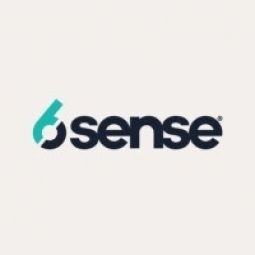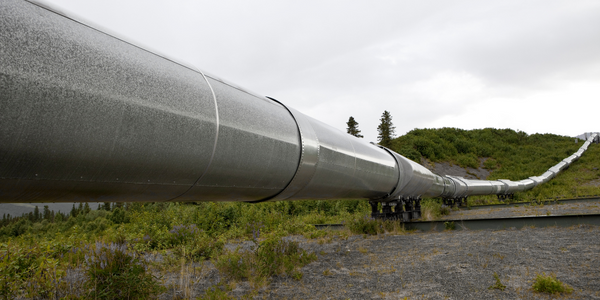Technology Category
- Application Infrastructure & Middleware - Data Exchange & Integration
- Sensors - Haptic Sensors
Applicable Industries
- Cement
- Oil & Gas
Applicable Functions
- Sales & Marketing
Use Cases
- Time Sensitive Networking
Services
- System Integration
- Testing & Certification
About The Customer
Qualtrics is a leading experience management company that enables organizations to be at every meaningful touchpoint, for every experience, and predict which changes will resonate most with stakeholders. They offer solutions across customers, employees, products, and brands. With a multitude of solutions and prospects visiting their site every day, the company aims to optimize their website for all visitors, particularly target accounts. They have a comprehensive account-based marketing (ABM) strategy and are constantly looking for ways to enhance their existing good practices.
The Challenge
Qualtrics, a company synonymous with experience management, faced a challenge in optimizing their website for all visitors, particularly target accounts. Despite having traditional channels set up for users to interact with their brand, such as filling out a form on their website or talking to sales via phone or email, they lacked a digital aspect. The team wanted to ensure that no matter the channel, a user could easily get in touch with their sales team. They also aimed to build an incremental pipeline through the website and generate net-new names from website visitors. Simultaneously, they were rolling out a comprehensive account-based marketing (ABM) strategy, aiming to enhance their existing good practices.
The Solution
In 2018, Qualtrics launched Drift, a conversational marketing platform, to ensure user accessibility to their sales team across all channels. The team had two primary goals: to build an incremental pipeline through the website with Drift acting as an independent channel, and to generate net-new names from website visitors. As part of their phased ABM strategy, they integrated 6sense, a predictive sales and marketing platform, to gain access to intent data from third-party websites. This allowed them to understand what topics their accounts were researching. They used this data to segment intent-based audiences in 6sense and create targeted Drift playbooks. They also tailored their messaging to reflect where the buyer was in their journey, offering a better buying experience by using keyword data from 6sense to customize the homepage bot based on visitor information.
Operational Impact
Quantitative Benefit

Case Study missing?
Start adding your own!
Register with your work email and create a new case study profile for your business.
Related Case Studies.

Case Study
Taking Oil and Gas Exploration to the Next Level
DownUnder GeoSolutions (DUG) wanted to increase computing performance by 5 to 10 times to improve seismic processing. The solution must build on current architecture software investments without sacrificing existing software and scale computing without scaling IT infrastructure costs.

Case Study
Remote Wellhead Monitoring
Each wellhead was equipped with various sensors and meters that needed to be monitored and controlled from a central HMI, often miles away from the assets in the field. Redundant solar and wind generators were installed at each wellhead to support the electrical needs of the pumpstations, temperature meters, cameras, and cellular modules. In addition to asset management and remote control capabilities, data logging for remote surveillance and alarm notifications was a key demand from the customer. Terra Ferma’s solution needed to be power efficient, reliable, and capable of supporting high-bandwidth data-feeds. They needed a multi-link cellular connection to a central server that sustained reliable and redundant monitoring and control of flow meters, temperature sensors, power supply, and event-logging; including video and image files. This open-standard network needed to interface with the existing SCADA and proprietary network management software.

Case Study
System 800xA at Indian Cement Plants
Chettinad Cement recognized that further efficiencies could be achieved in its cement manufacturing process. It looked to investing in comprehensive operational and control technologies to manage and derive productivity and energy efficiency gains from the assets on Line 2, their second plant in India.

Case Study
Refinery Saves Over $700,000 with Smart Wireless
One of the largest petroleum refineries in the world is equipped to refine various types of crude oil and manufacture various grades of fuel from motor gasoline to Aviation Turbine Fuel. Due to wear and tear, eight hydrogen valves in each refinery were leaking, and each cost $1800 per ton of hydrogen vented. The plant also had leakage on nearly 30 flare control hydrocarbon valves. The refinery wanted a continuous, online monitoring system that could catch leaks early, minimize hydrogen and hydrocarbon production losses, and improve safety for maintenance.









